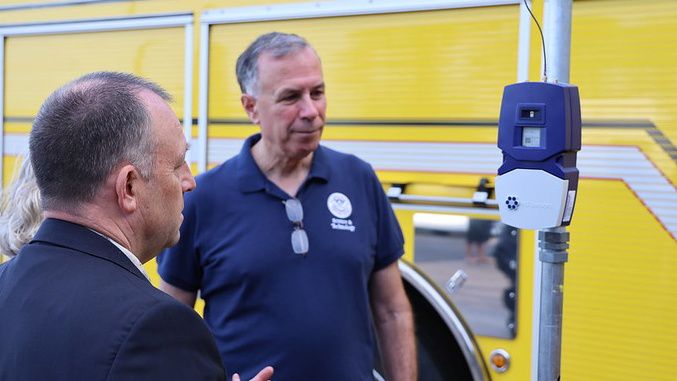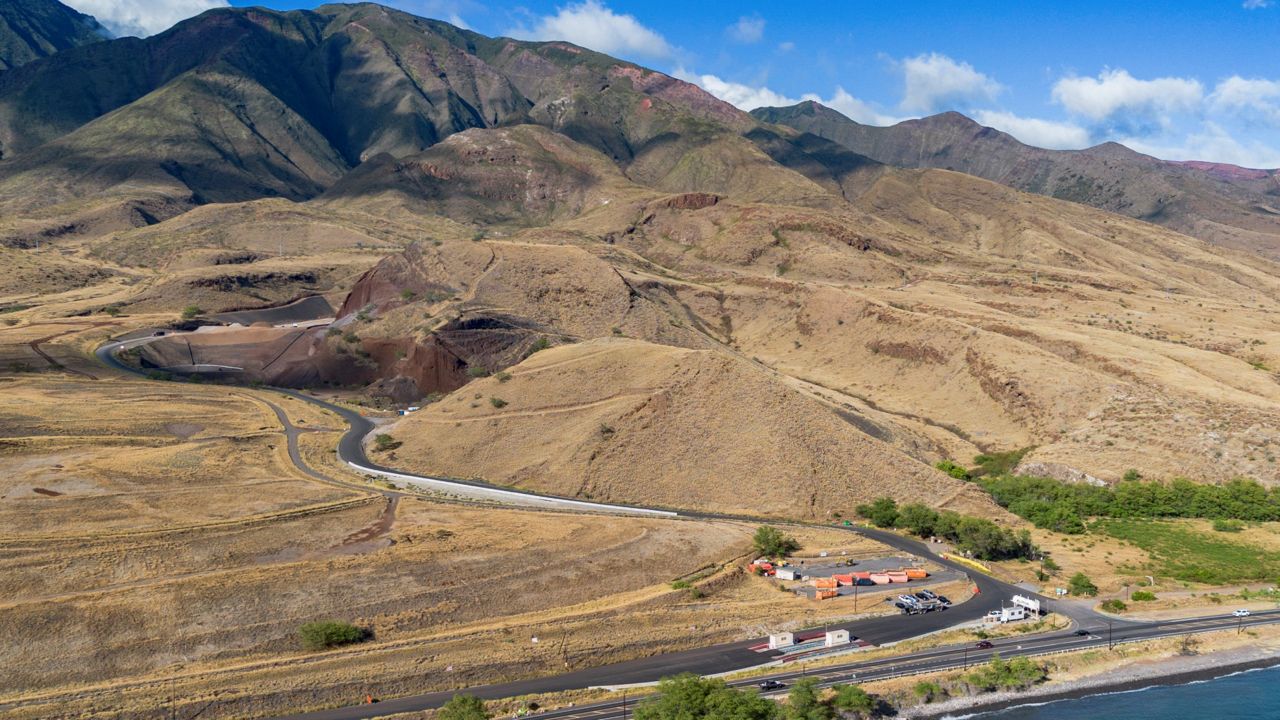Eighty wildfire sensors and 16 wind sensors are being deployed across Hawaii, according to a news release.
Gov. Josh Green, Maui County Mayor Richard Bissen, Hawaii Department of Defense Adjutant General Kenneth Hara, the U.S. Department of Homeland Security, Science and Technology Directorate, and the U.S. Fire Administration announced the deployment of the sensors Friday.
With wildfires becoming more severe with climate change, and considering the Aug. 8, 2023, wildfires on Maui, the sensors will help first responders get to and suppress an initial blaze before it spreads. Alerts from the sensors will also provide more time for people to evacuate.
“In the aftermath of the devastating wildfires that struck Maui last summer, the Biden-Harris Administration and the Department of Homeland Security vowed not just to help Hawaii recover, but also to help safeguard it against the tragic destruction of another such fire,” said Secretary of Homeland Security Alejandro N. Mayorkas.
The development of the sensors is a collaboration between the U.S. Fire Administration, the U.S. Department of Homeland Security’s Science and Technology Directorate, and small business N5 Sensors Inc.
“DHS S&T’s research and development is laying the groundwork for breakthroughs that have the potential to improve fire safety and firefighting efforts,” said Dr. Dimitri Kusnezov, Under Secretary for Science and Technology. “The sensors deployed today are more effective than traditional optical cameras or thermal imaging sensors used to identify fires, because they don’t just ‘see’ what is already visible — they ‘sniff’ out the fires as soon as they start.”
Hawaii is the first place to receive the new Beta wildfire sensors. The sensors transmit information 24/7 and email or text to a pre-programmed contact when changes in conditions are detected. The sensors are small and may be placed on utility poles or traffic lights.
DHS S&T, in partnership with FEMA and USFA, started developing the wildfire sensors after a successful five-year project to develop flood sensors. Last year, 200 Alpha wildfire sensors were deployed throughout the U.S. The data collected from these sensors enhanced the Artificial Intelligence learning algorithms in the Beta versions. The new versions need less solar power to recharge, come with wind sensors to increase the accuracy of wildfire location prediction, and are better equipped to operate in areas with limited cellular coverage.
Homeland Security plans to deploy 200 Beta wildfire sensors to high-risk areas across the U.S., including 80 in Hawaii. The first round of fire sensors is being provided at no cost to Hawaii.
Michelle Broder Van Dyke covers the Hawaiian Islands for Spectrum News Hawaii. Email her at michelle.brodervandyke@charter.com.








)